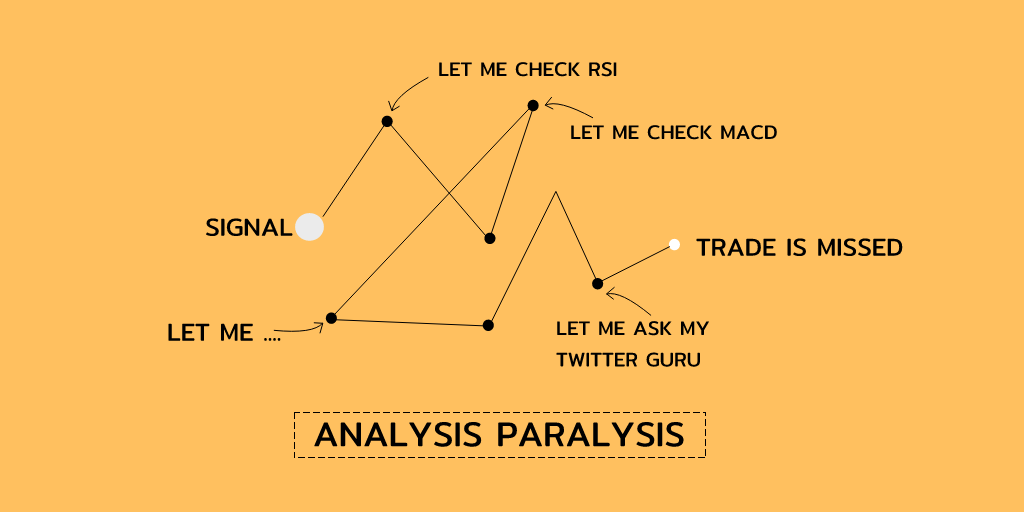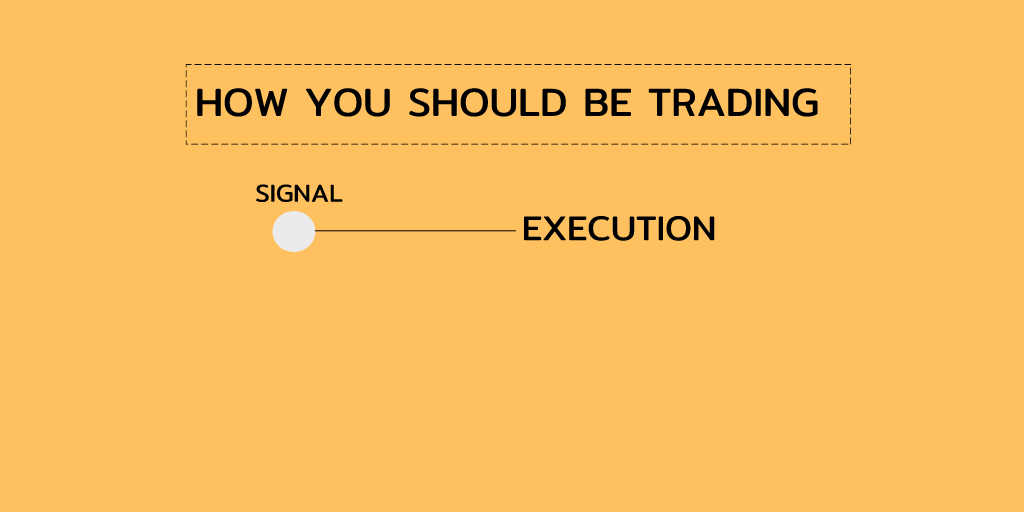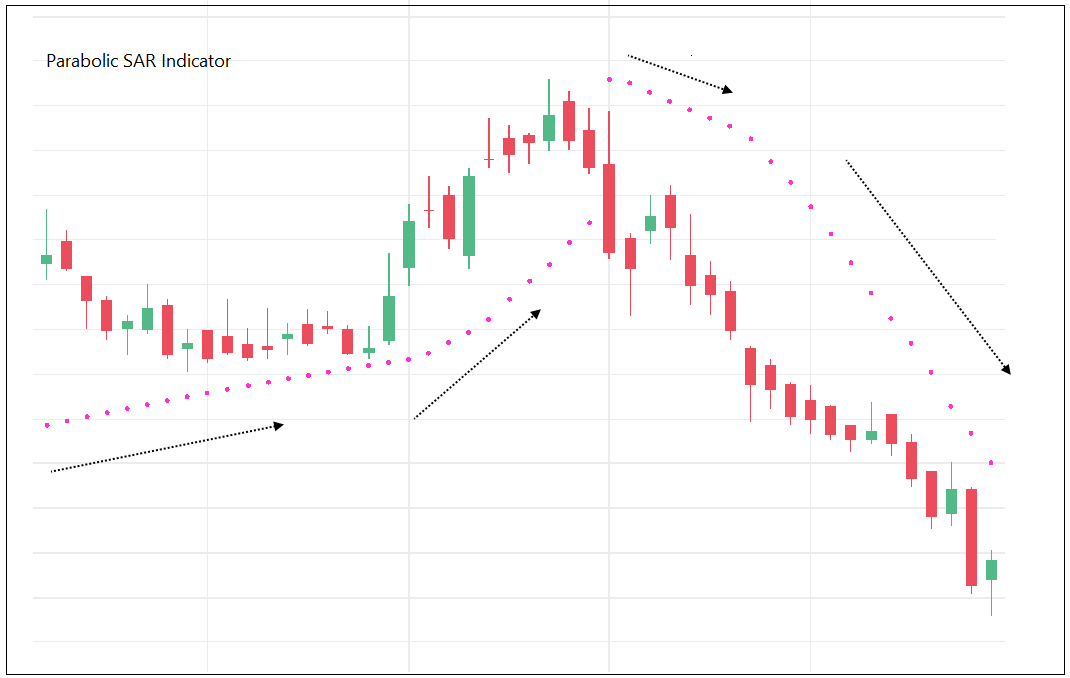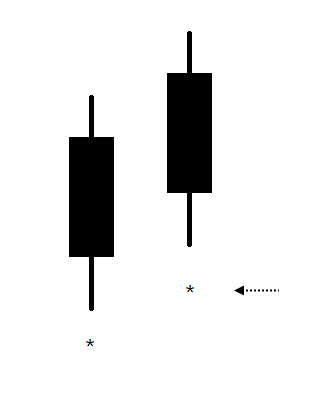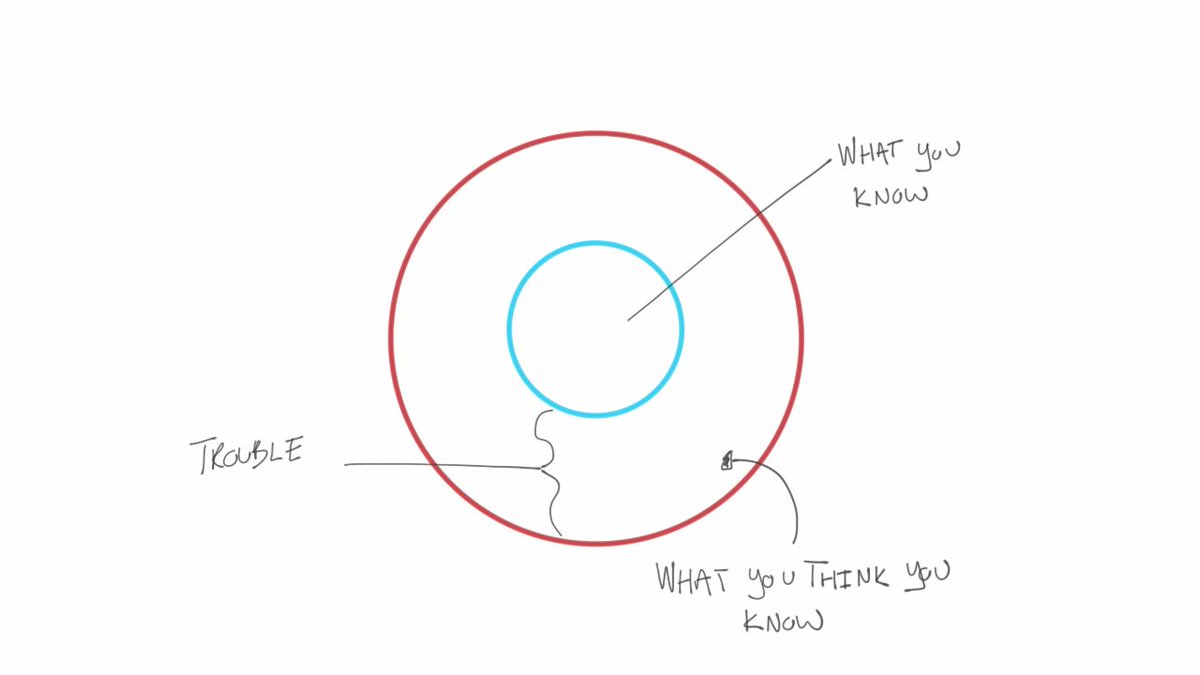Step 1:
Define how much of your account you're willing to risk per trade.
Personally, I never risk more than 1% of my account equity.
If I have $100,000 account, I will never risk more $1,000.
This ensures I will never blow up my account on one single trade.
There are successful traders who risk 2-3% of their account per trade, but I find it most calming to risk 1% or less.
The first step in this process is completely up to you - only you can dictate how much risk you can tolerate.
Step 2:
Look for entries & exits that are within 5% (preferably less) of each other.
This means if I buy a stock & have a 5% stop loss, I can put a 20% equity position on & still be risking 1% of my equity.
Your account will thank you w/ 20% in a stock that goes up 100%.
Step 3:
Position size using this formula:
Total equity (100%) / Trade Stop Loss %
So, if your stop loss is 4%, here's the math:
100% equity / 4% stop loss = 25% Equity Position Size
(assuming 1% equity risk).
Here's another hypothetical calculation:
100,000 * 1% equity risk = $1,000 total risk allowed to acct
Entry: $100
Exit (SL) = $96 (5% risk, $4 a share)
$1,000 total risk allowed / $4 per position = 250 shares allowed
250 shares * $100 entry = $25,000 cost of position, = 25% equity
Let's look at a legit example 👇
Here's a legit example using $PLTR
Entry: $10.92
Stop Loss: $10.53
Total risk on position = 3.5%
100% / 3.5% Stop Loss = 28.5% equity position
This means you could have bought a 28.5% equity position in $PLTR on breakout day and still have only risked 1% of your equity.
It would go on to gain 312% before topping out, which would have been equivalent to an 85% gain *on your account* just from one stock.
This is the power of Position Sizing based on Risk.
Here's another example using $TTD
Entry: $31.50
Exit: $30.50
3.33% risk, which would mean a 30% position size would keep you within your 1% equity risk allowance.
Potential *account gain* based on the timeframe below was ~18%.
Not only are you position sizing with some serious equity and managing risk at the same time, you are building CONSISTENCY in the way you operate in the market.
At the end of the day, this is the major goal.
Over time your consistency will beat out 99% of other traders.
There will be instances in which your stop loss will be < 2% (rare but it happens), & you will have the opportunity to size a position upwards of 50% of your equity.
Even rarer are the <1% stop loss opportunities, where you can size a position upwards of 100% of your account.
These trades are definitely harder to handle but it shows the beautiful combination of large position sizes & proper risk management.
Other important things to think about:
1. There will be times when gap downs occur, below your planned stop loss area, and your position size is large.
You have to account for these instances when you're sizing using this method and plan for the "what if's".
2. This method really only works when we are in a sustained uptrend.
I see no need to size anything greater than 12.5% of my equity during bear markets or corrections.
You must always make sure the market wind is at your back.
3. You have to find what works best for you.
If you know you can't emotionally handle a 35% position size, DON'T SIZE UP even if you're within your risk allowance.
Always sell down to the sleeping point and know your personality as a trader.
TL;DR:
No matter the timeframe or type of trading you do, there is one specific way to position size that will put you ahead of the market.
The 3 steps:
· Define equity risk per trade
· Find entries/exits < 5% from each other
· Use the 100% / stop loss % to find position size
Once you have these three ingredients, you can position size with more than 20% of your equity and still manage risk like the pro's.
But, more importantly, you are building CONSISTENCY in the way you operate in the market.
At the end of the day, this is the major goal.
Your consistency will beat out 99% of other traders.
The best part about it is this method can be implemented *now*.
That's it, I hope you've found this thread helpful.
Follow me
@GregDuncan_ for more educational content on the stock market!
Like/Retweet the first tweet below if you learned something new:
https://t.co/M6HEvvramd




